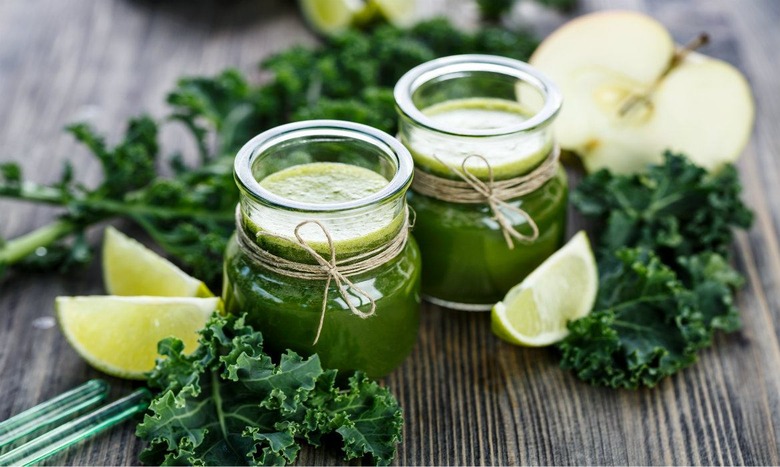How Green Juice Gets From The Farm To Your Cup
What is it about the almost glowing green juice that draws in its fanatics? Is it the powerful combination of nutrients? Is it the almost palatable flavor? Can it really be that good for you?
Click here for Expensive Juice Cleanses You Can DIY Cheaply at Home slideshow.
Nutritionists disagree on juicing's validity as a health food, but the belief in mystical health and healing powers isn't a recent invention. In both Peru and Korea, juicing has been a part of ancient healing rituals. But today, juicing is a whole other beast.
In 2014, there were multiple reports that hipsters' fascination with the green stuff was going to cause a world kale shortage, and waitlists for bottled juice from high-end retailers continues to be common.
Other proponents of the fad make their juice at home daily, ignoring warnings that juices high-sugar content can increase the risks of type 2 diabetes (but to be fair this study from Credit Suisse was looking at all juices, including sugary orange juice).
So where does kale, come from? The dark, leafy green that was rarely eaten, at least not enthusiastically, a decade ago in the U.S. is now being grown across the U.S. California is the kale capital of America, with Georgia, New Jersey, and Texas coming in second, third, and fourth respectively.
U.S. farmers are growing more kale than ever. According to the USDA, farmers in the U.S. grew 60 percent more kale in 2012 than they did in 2007.
From the farm, the trendy vegetable travels to processing centers, and then the juice companies bottling manufacturers. Of course, you can also buy kale at your local farmer's market while it is in season, generally mid-summer through December, with the tastiest leaves appearing on the shelves just after the first frost.
Angela Carlos is the Cook Editor at The Daily Meal. Find her on Twitter and tweet @angelaccarlos.
